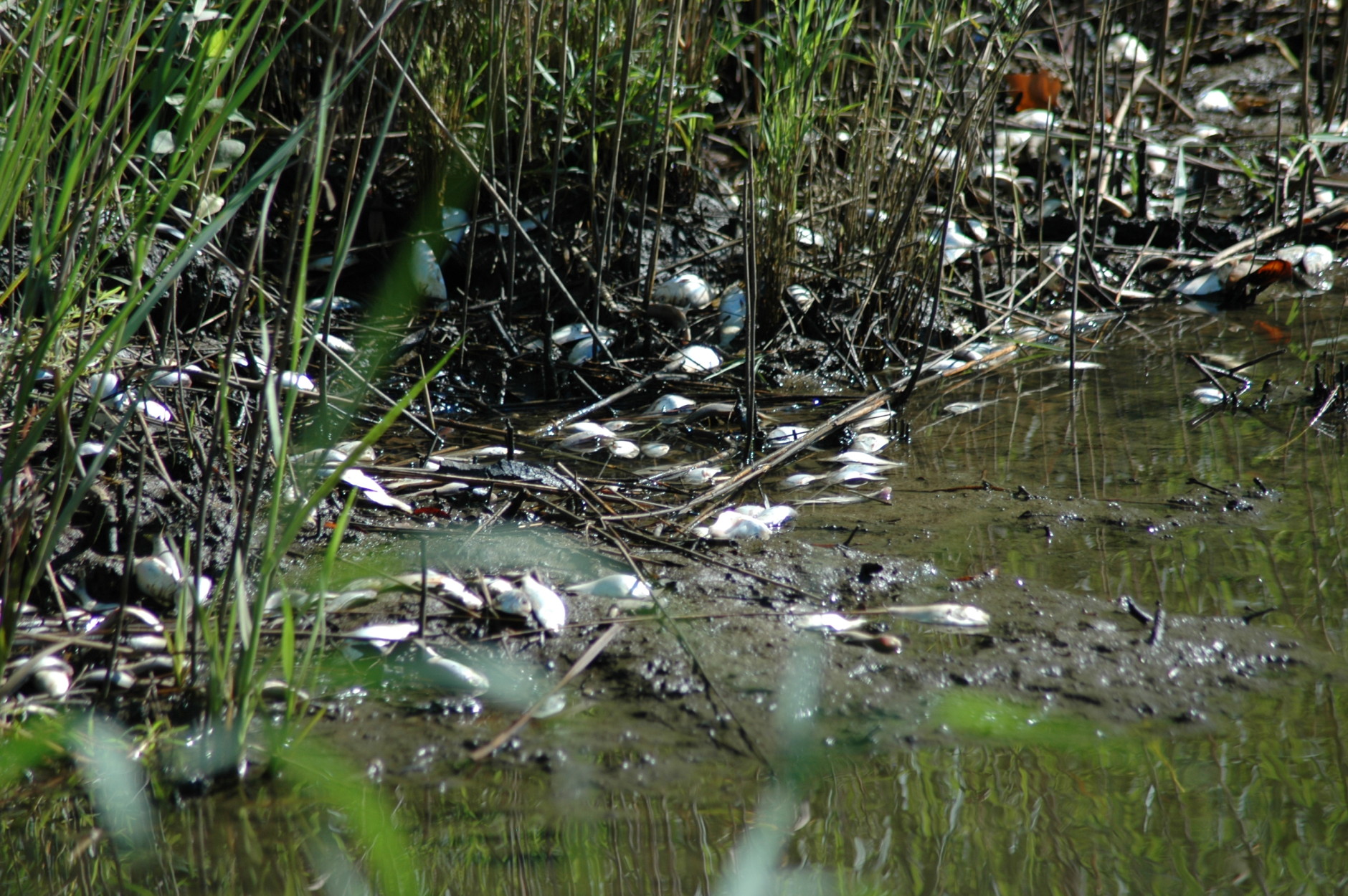
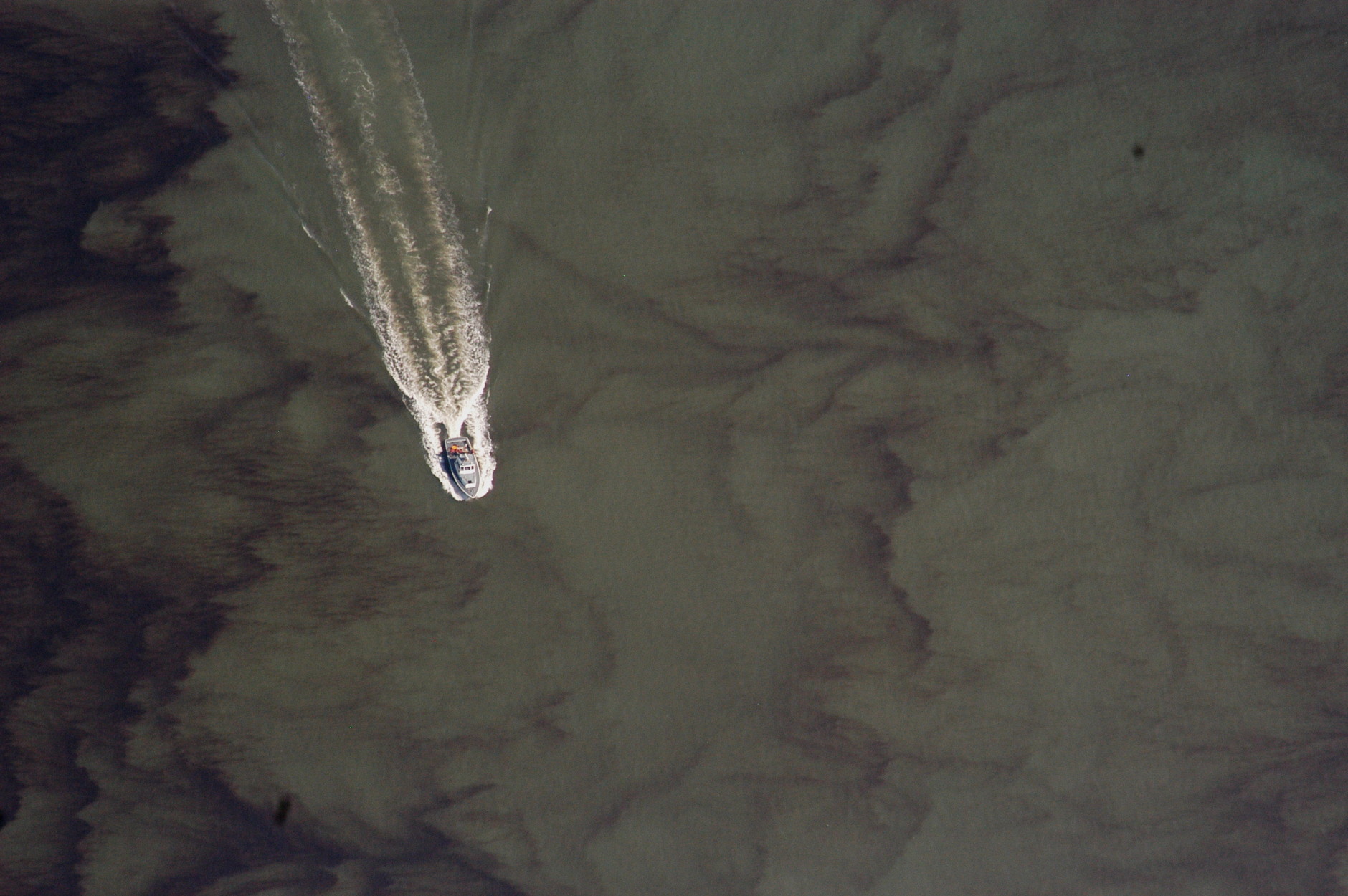
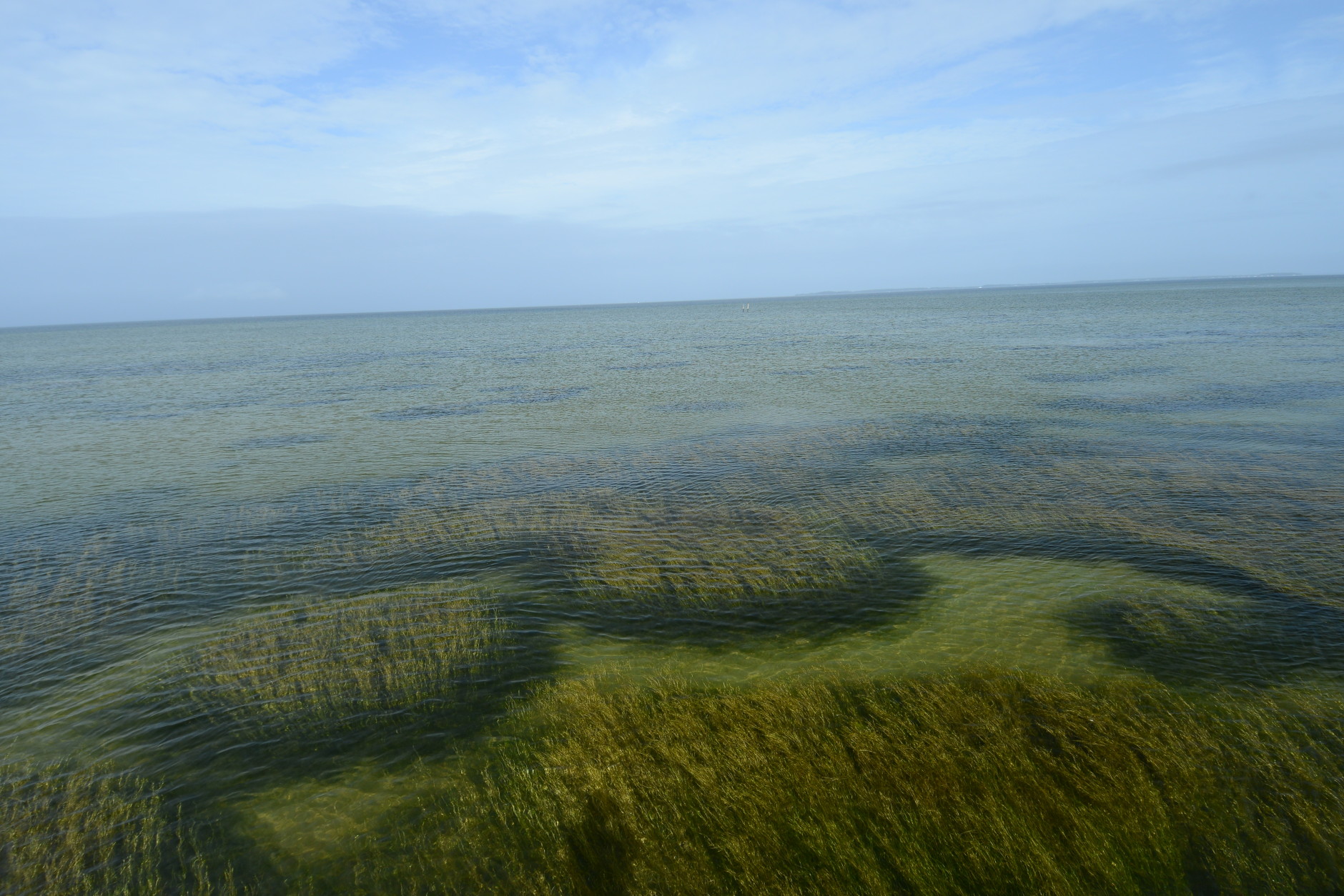
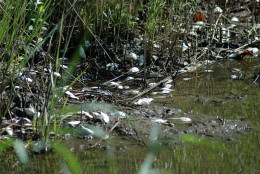
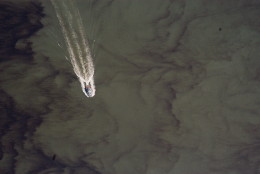
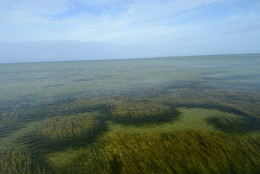
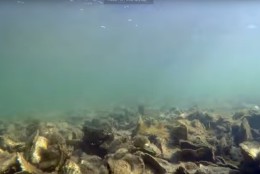
WASHINGTON — Three watershed states in the mid-Atlantic region that have committed to reducing pollution flowing into the Chesapeake Bay are failing to meet established goals, a new report finds.
The Environmental Protection Agency on Friday released its final evaluations of the Bay jurisdictions’ and federal agencies’ progress toward meeting 2014–2015 commitments to the Chesapeake Clean Water Blueprint.
In a news release, the Chesapeake Bay Foundation noted some of the EPA’s findings:
- Pennsylvania did not meet its 2015 goal for nitrogen and sediment pollution reduction and will not meet its 2017 goals for nitrogen and phosphorus. Pennsylvania will meet its goal for sediment
- Maryland did not meet its 2015 goal for nitrogen pollution reduction but is on track to meet its 2017 goals for nitrogen, phosphorus and sediment
- Virginia met its 2015 goals for nitrogen and phosphorus, but not sediment, and is on track to meet its 2017 goals for nitrogen, phosphorus, and sediment
Nitrogen, phosphorus and sediment cause the pollution that dampens the bay’s ability to nurture crabs, oysters and fish.
“Of all the states, Pennsylvania is certainly the farthest behind,” said Beth McGee, senior water quality Scientist at the Chesapeake Bay Foundation. “Pennsylvania doesn’t have any bay front property, so it’s a little bit of a harder sell. Our slogan is ‘Save the Bay’ and for most Pennsylvanians, they don’t really enjoy the bay — they don’t visit the bay.”
McGee said that Maryland and Virginia can’t rest on their laurels.
“A lot of the low hanging fruit, in terms of pollution reductions, has already been achieved,” McGee said. “So it’s only going to be harder moving forward to get the reductions that we need ultimately to restore the bay and it’s tidal rivers.”








